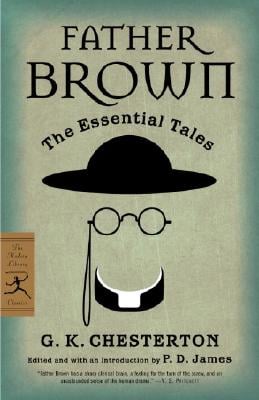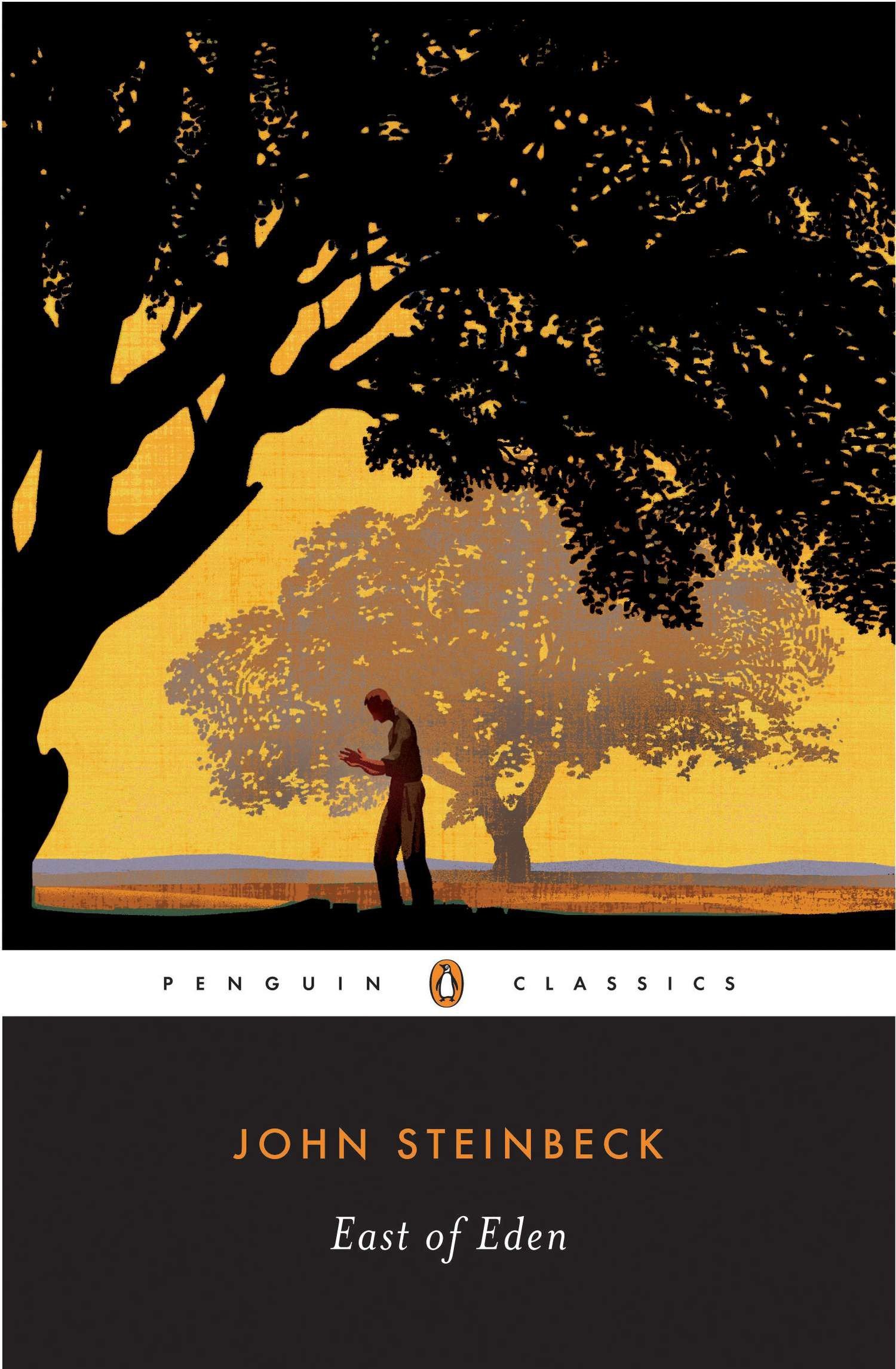To understand Flannery O’Connor’s short stories is understand the rural South that she was familiar with in the pre-1970s. Her stories focus on aspects character in human, every-day situations all revolving around her South, dealing with race relations, Christianity, rural versus city living, parent-child relationships, etc. She brings the reader into the settings by capturing






